All About Mila Schön, the Founder of the Heritage Brand That’s Getting a Reboot in Milan
All About Mila Schön, the Founder of the Heritage Brand That’s Getting a Reboot in Milan
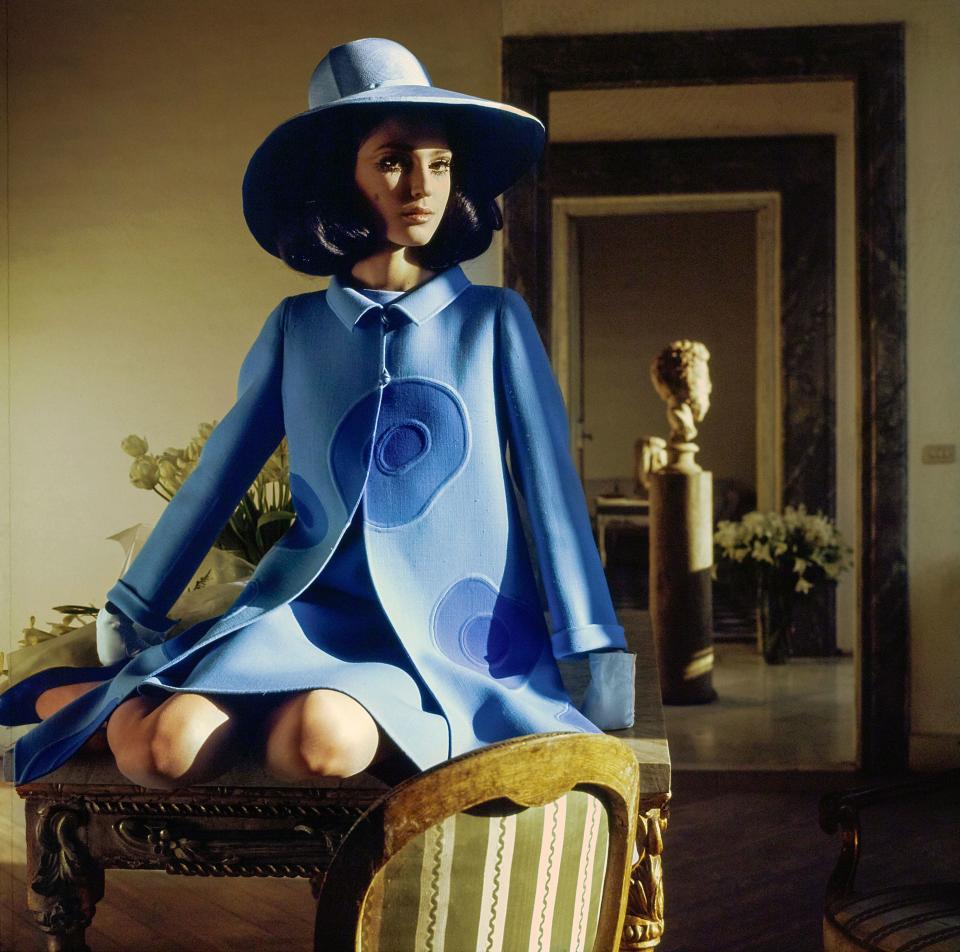
Mila Schön in Vogue
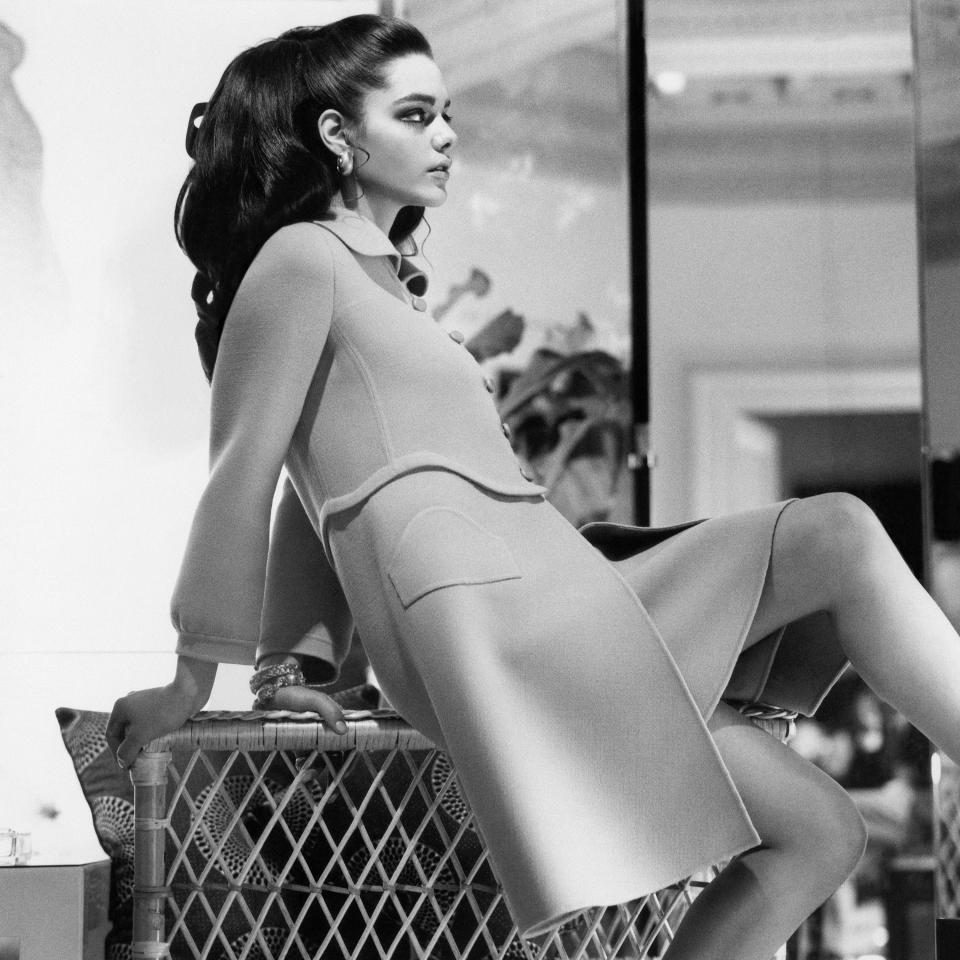
Mila Schön in Vogue
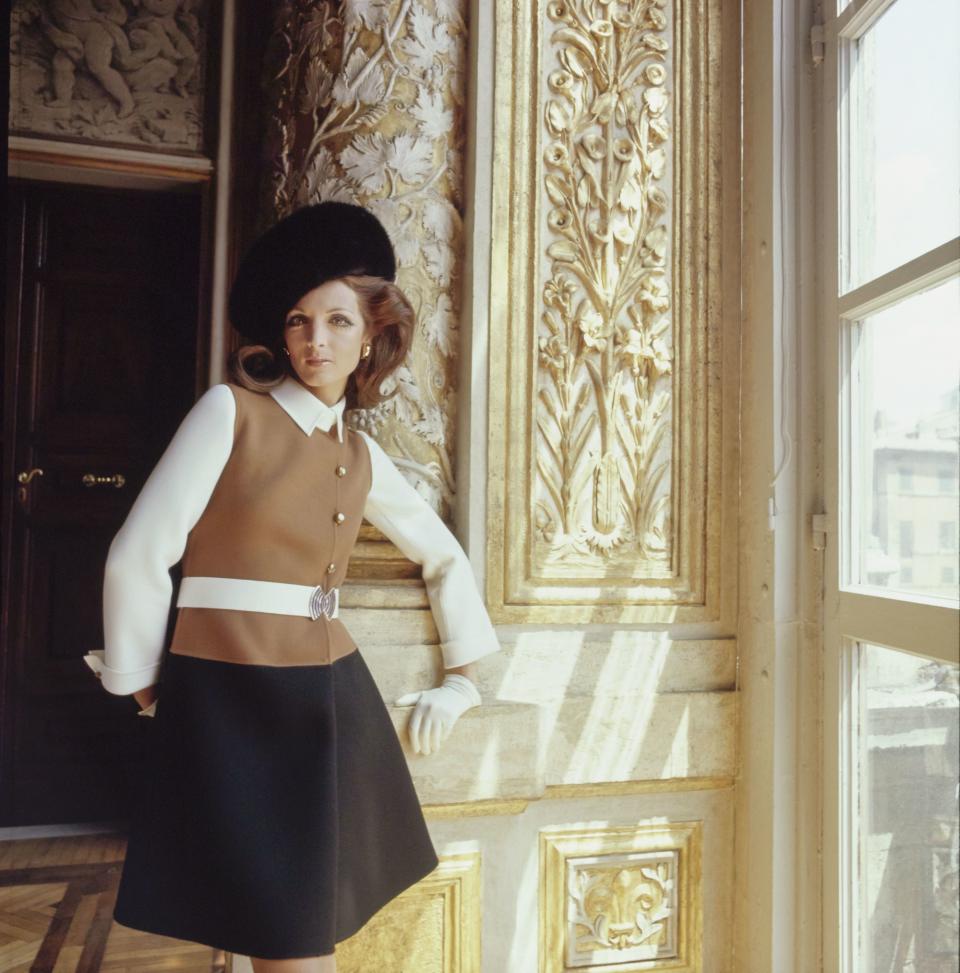
Mila Schön in Vogue
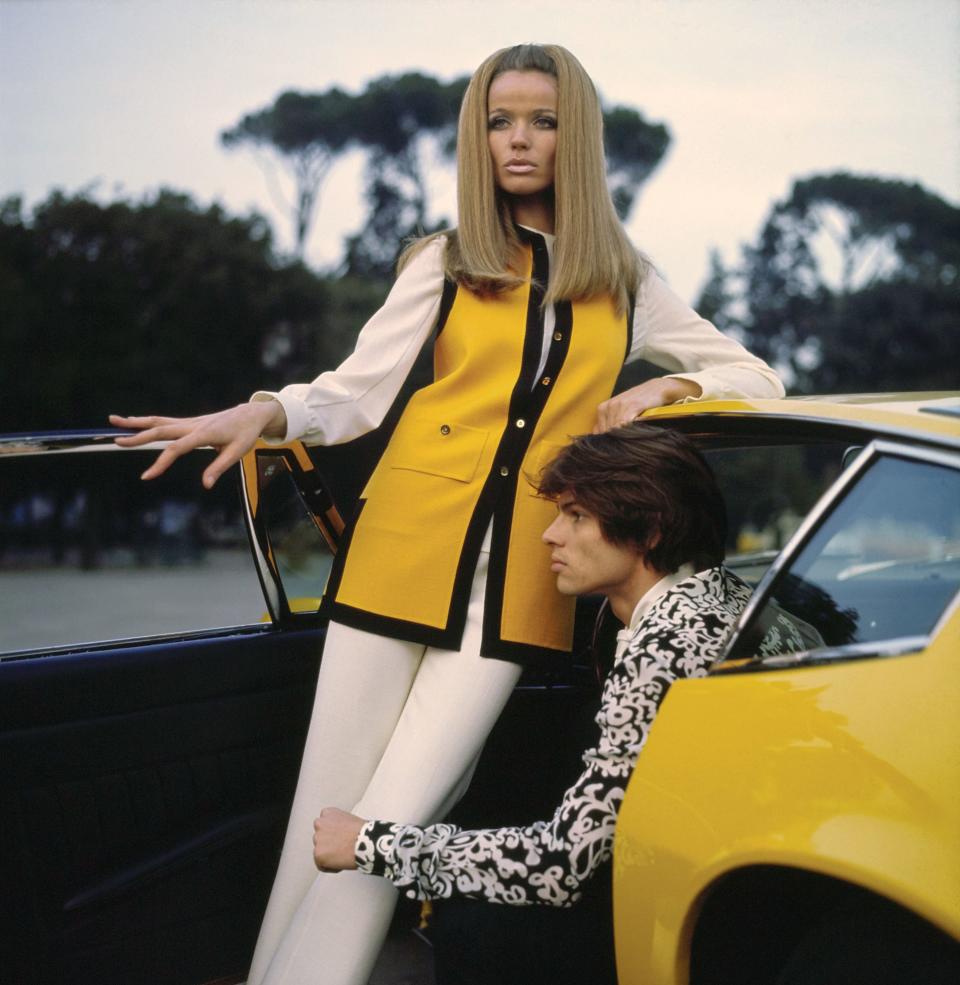
Mila Schön in Vogue
![Ann Turkel demonstrates “Mila Schön’s ravishing simplicity—[in] a long dress of black georgette, all tucks and pleats, and a belt with a mother-of-pearl buckle.”](https://s.yimg.com/ny/api/res/1.2/ShifRa4Io31TU4wJI9StAA--/YXBwaWQ9aGlnaGxhbmRlcjt3PTk2MDtoPTk5MA--/https://media.zenfs.com/en/vogue_137/c8d81881377c4448c1b47ce1cd859c4d)
Mila Schön in Vogue
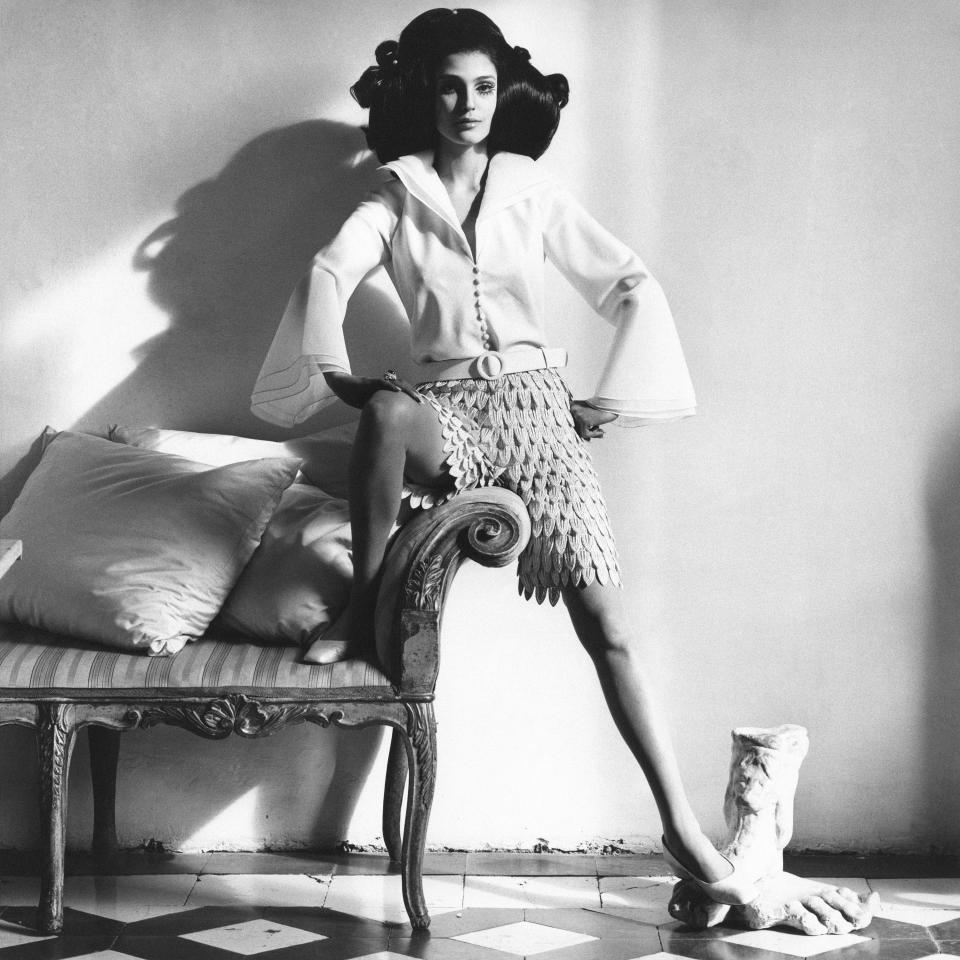
Mila Schön in Vogue
![“Mila Schön, all beads—two shades of gray beads, silvery beads—shimmering all over a long, narrow caftan closed to [the] side and banded brilliantly at every edge.”](https://s.yimg.com/ny/api/res/1.2/A8HytwkJuMPcDzl9NUYNCg--/YXBwaWQ9aGlnaGxhbmRlcjt3PTk2MDtoPTk3NA--/https://media.zenfs.com/en/vogue_137/0da6b4148cfe8770ae5a8a98e0c5b057)
Mila Schön in Vogue
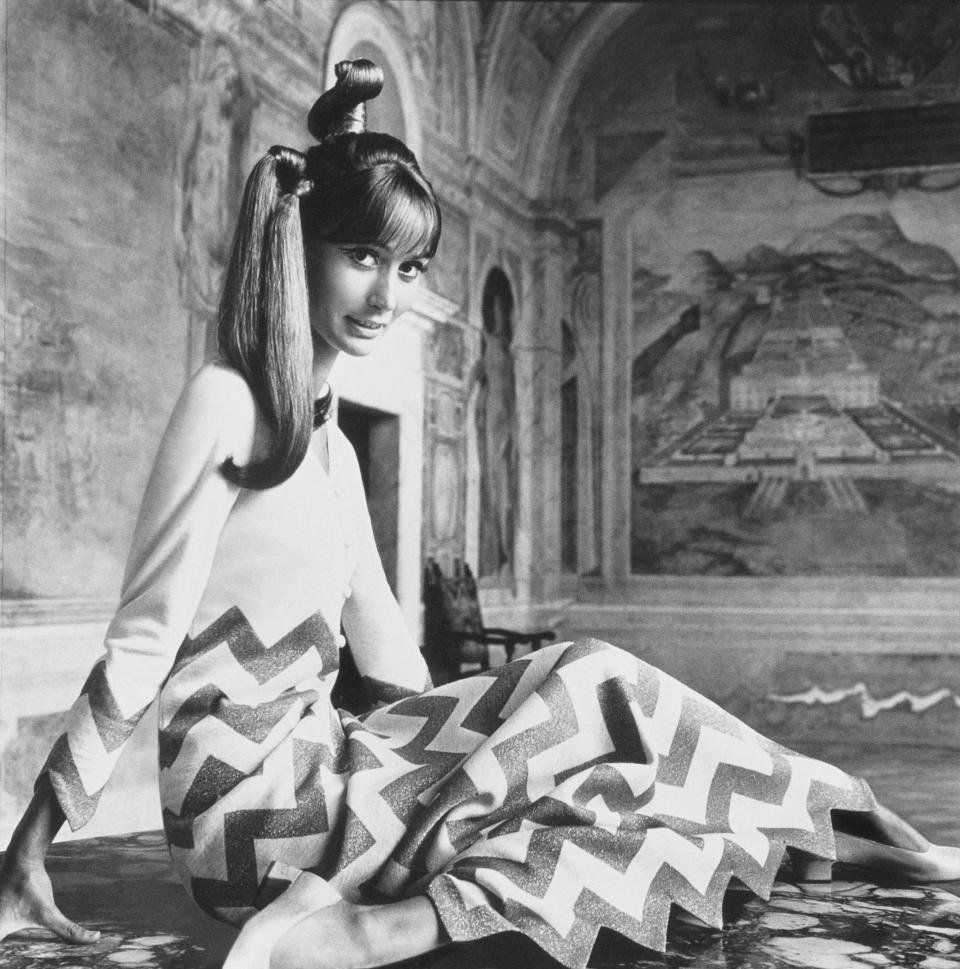
Mila Schön in Vogue
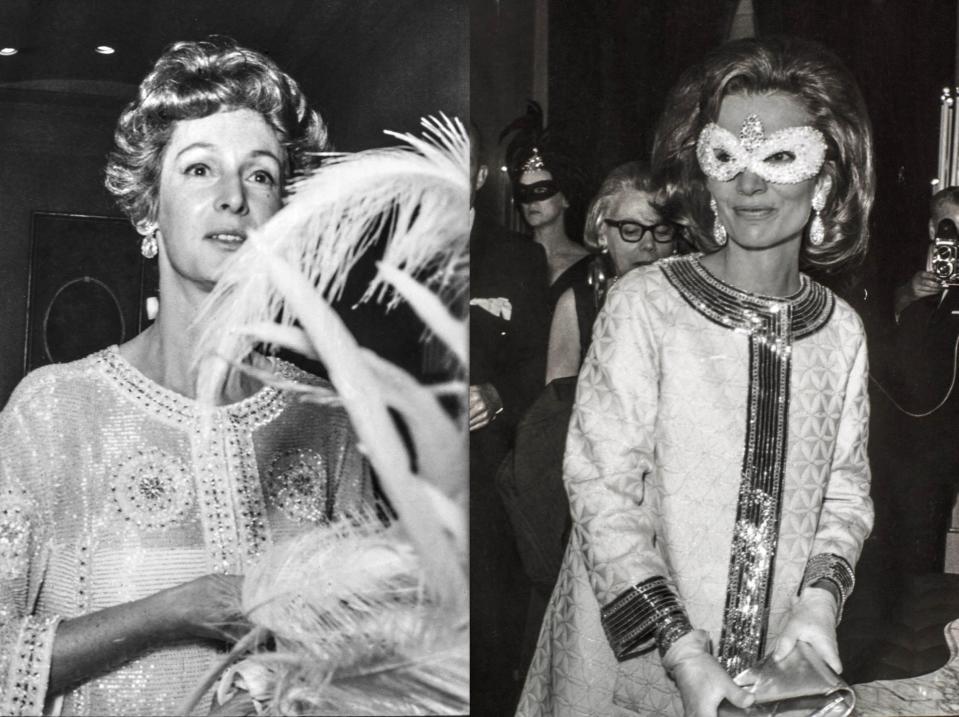
Like cats, fashion brands can have more than one life. Tomorrow Mila Schön will once again be on the fashion calendar in Milan, this time under the creative direction of Gunn Johansson, a Swede who has been based in Italy for 25 years, where she’s worked for labels including Malo and Agnona. For Spring, the designer has focused on using colors pulled from the archives and the house’s signature double-face fabrics, which she says creates “a silent mood” in a “look-at-me” world.
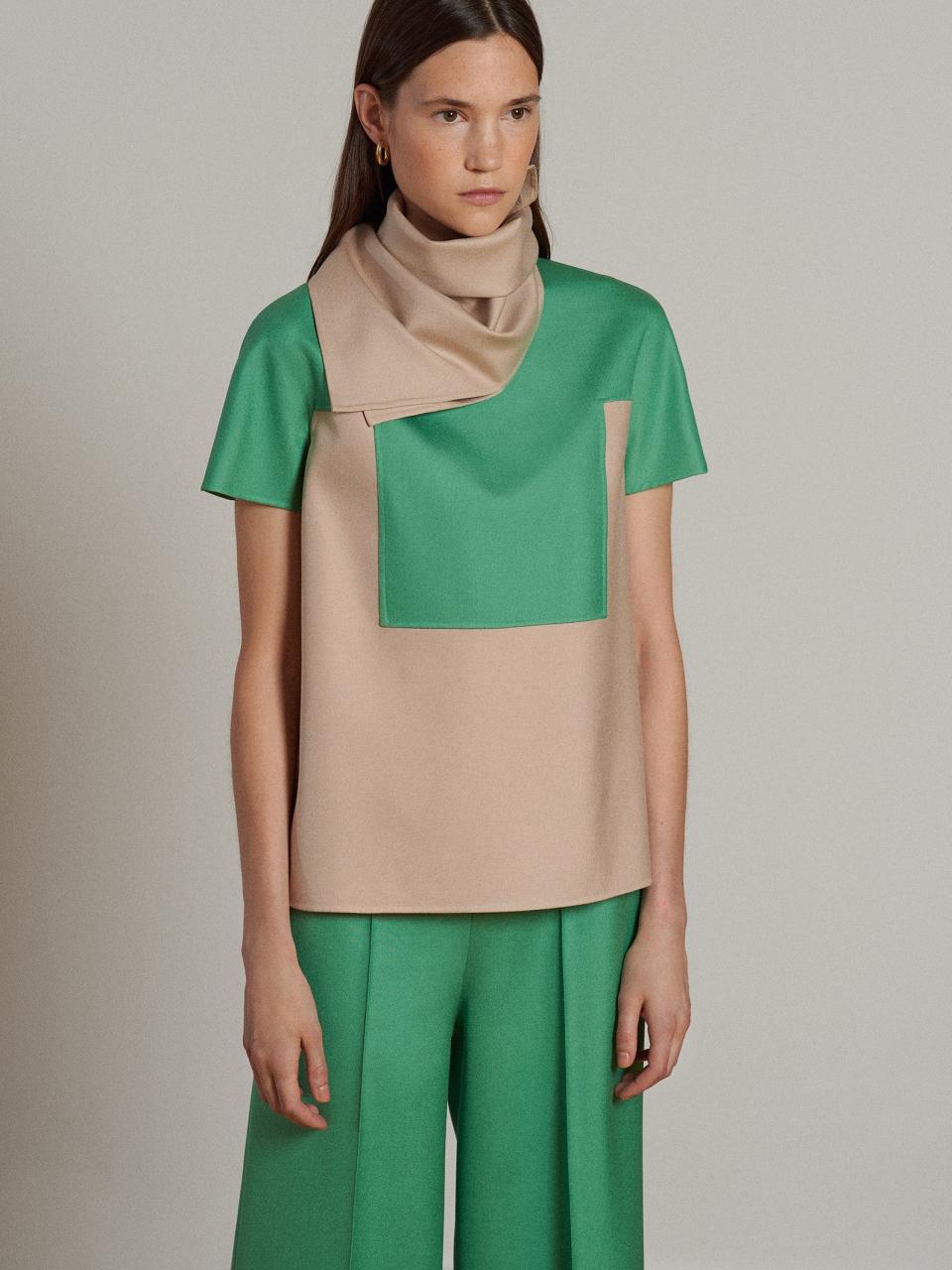
Schön’s name might not be one that’s bandied about much these days, but her arrival on the Italian fashion scene in the late 1960s was as big a deal as Phoebe Philo’s arrival at Céline. Interestingly, both women favored minimalism, and both were press-shy. Philo notably has no social media presence; Schön was once described as “the shrinking violet of the Italian haute couture” by The New York Times’s Gloria Emerson. The same journalist who, in 1968, reported that “some women, who happen to have fortunes and good taste, feel there is only Mila Schön now that Balenciaga’s couture house in Paris is closed.” That might be a bit of an overstatement, but Schön knew inside out what her clients were after because she, too, was a habitué of the couture (and had been a client of the Spanish master).
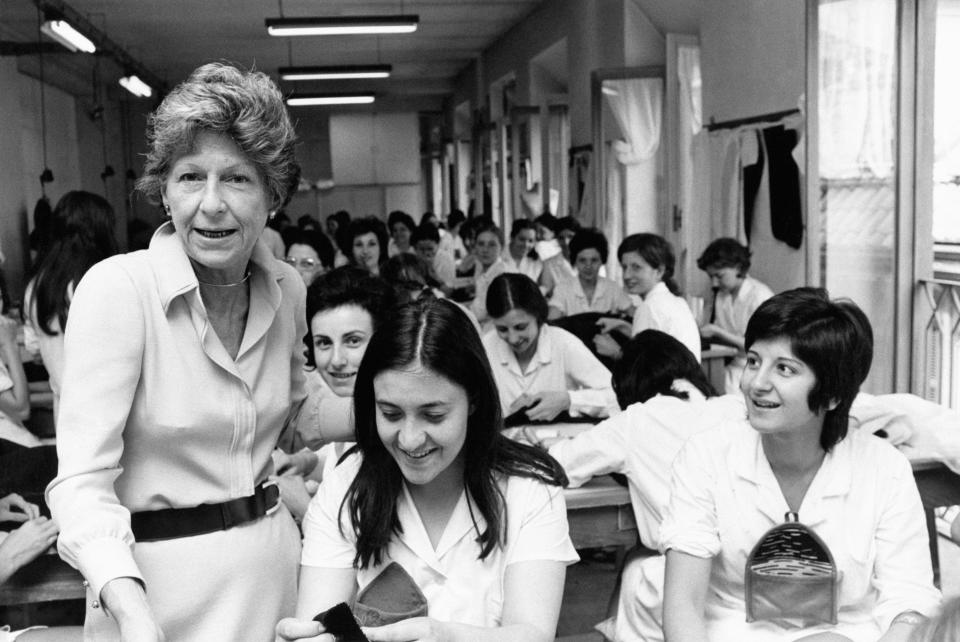
Portrait of Mila Schon in her atelier
The designer, née Mila Nutritzio, was born in Croatia and raised there and in Italy. She married an Austrian (which explains the umlaut), whom she met in Milan. “I was just a rich woman,” Schön told fashion journalist Eugenia Sheppard in 1967. “When my husband and I separated, I decided to start this.” She did so with Loris Abate, a jewelry designer, entrepreneur, and sometime president of the Camera Della Moda, at her side.
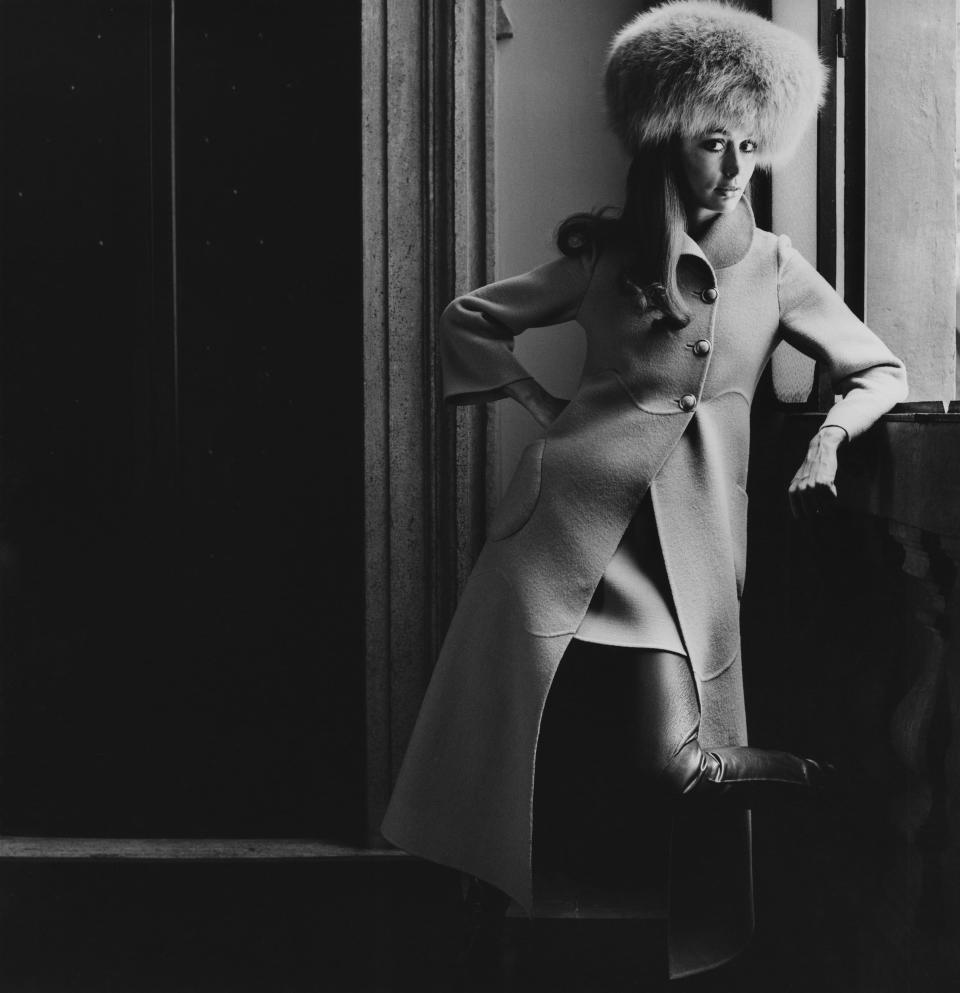
Vogue once compared one of Schön’s pared-down tunic-and-pants ensembles to the clean-lined architecture of Pier Luigi Nervi, but perhaps the designer is better described as fashion’s Agnes Martin—at least in relation to her use of double-face wools and cashmeres. This material can only be seamed by hand, says Johansson, who explains that Schön developed these fabrics with a friend because “she did not like shiny linings and wished instead to create a cleaner look in garments. The double color was born.”
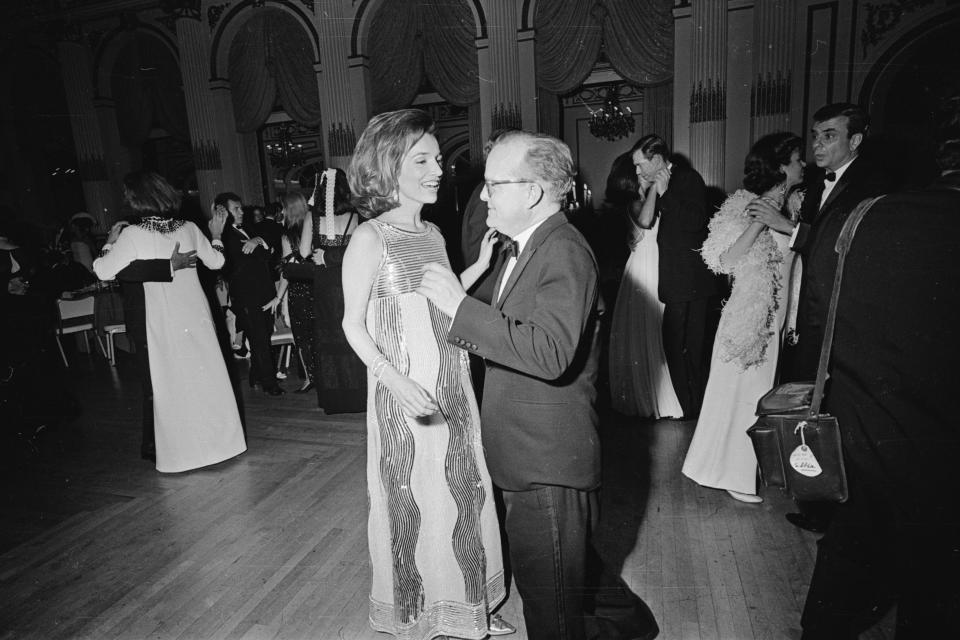
Truman And Lee
Another of Schön’s signatures were her hand-beaded pieces. Both Marella Agnelli and Lee Radziwill wore these to Truman Capote’s (in)famous Black & White Ball in 1966—a year after the designer’s first credit in Vogue. Schön indulged in a bit of whimsy with the embellished wonders that often had geometric patterns. More straightforward but also luxurious were the air hostess uniforms Alitalia commissioned from the designer in 1969. Vogue described Schön then as “the famous Italian designer we revere for impeccable, perfect-tailoring-beyond-words clothes.” (The editors were also keen on her François Catroux–designed boutique, writing in 1968 that it “is maybe the most luxe, beautifully designed, modern boutique anywhere. . . . It’s all quality like a Mila Schön coat, suit, or pants-tailleur.”)
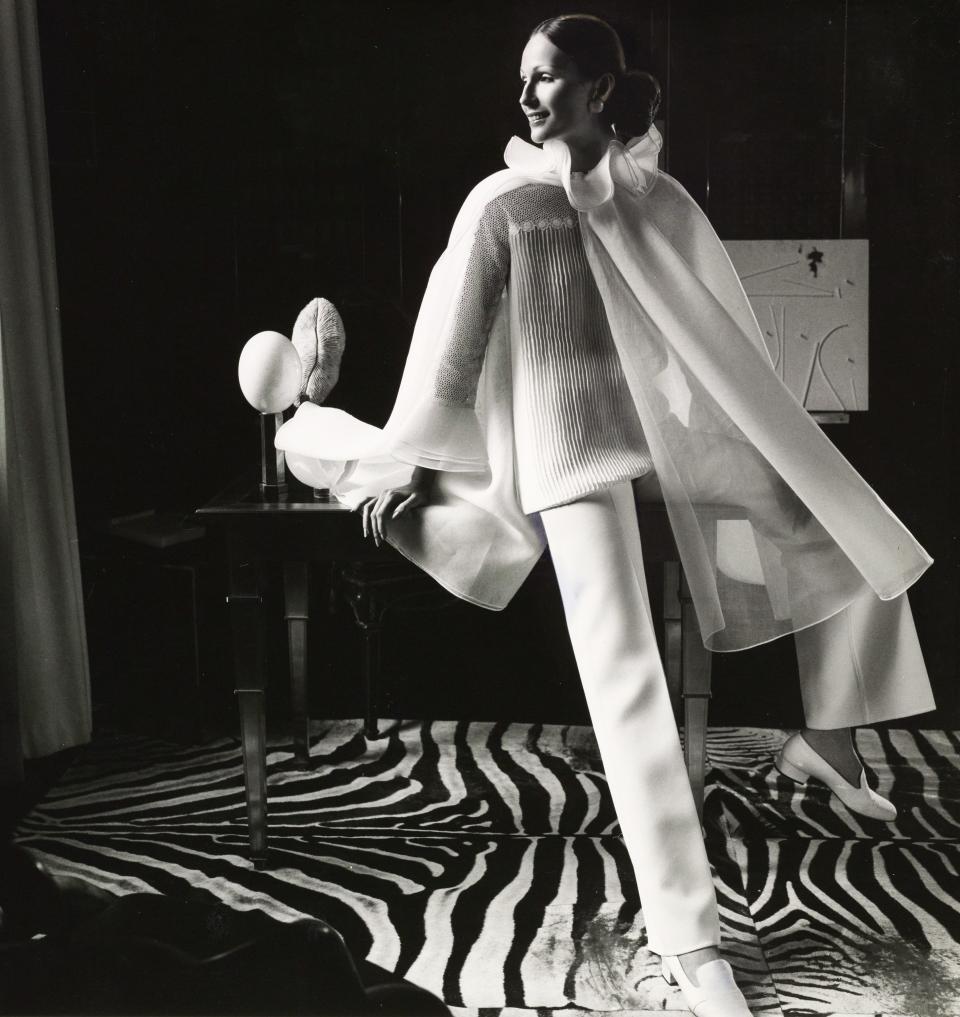
Quality, simplicity, luxurious fabrics, expert construction . . . what’s not to love? We Love Mila! is, in fact, the title of the Spring 2020 collection, which will be presented in a room covered with press clippings, with recordings of Schön’s voice playing in the background. Johansson, whose interest in Italian fashion was fueled, she tells Vogue, by watching the films of Michelangelo Antonioni, had the good fortune to meet Schön once, before the designer’s death in 2008. “Her idea of looking at design was to strip away anything ugly that disturbed her eye [in order] to create what in the end was beauty to her,” Johansson says, admitting that there are a few notable differences between the two. (“My hobby is to clean,” she says with a laugh.) But the creative director still believes there’s a kinship between them. “I have a feeling that if we had had the chance to work together, we would have gotten along well.” No doubt.
Originally Appeared on Vogue

